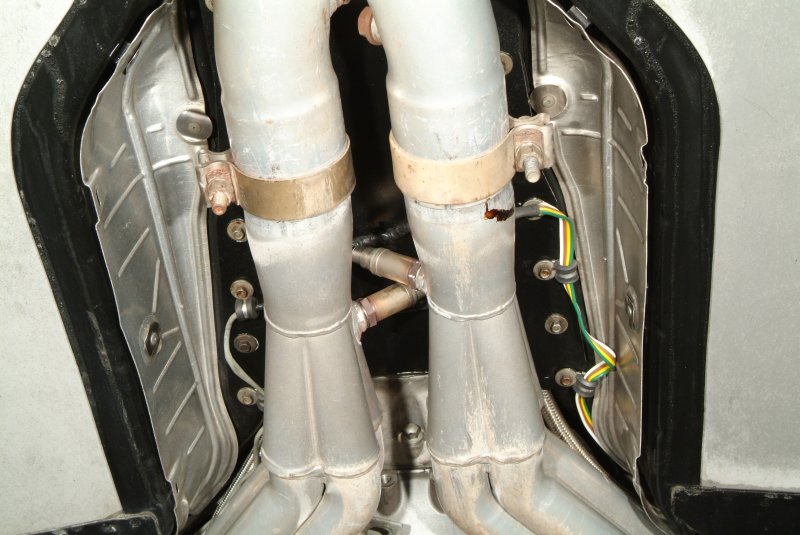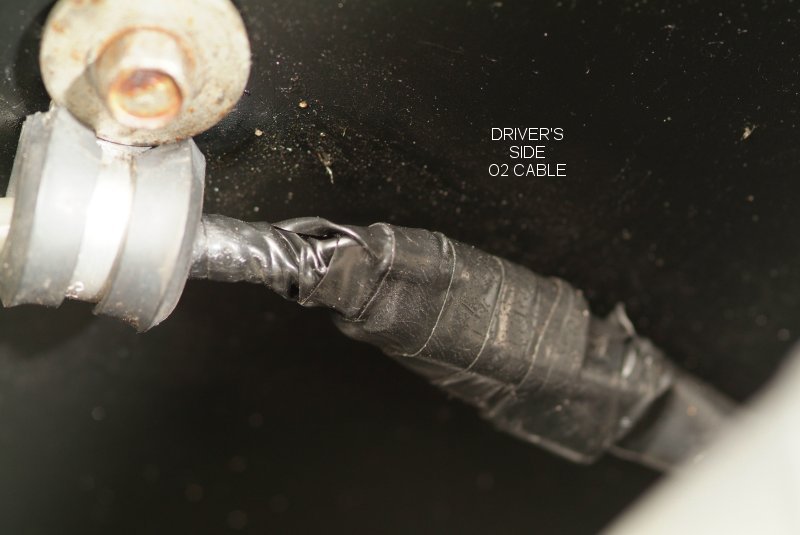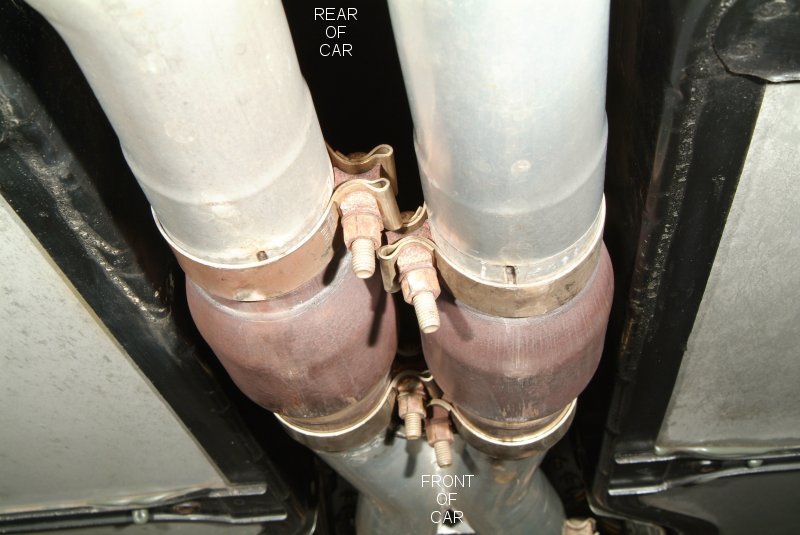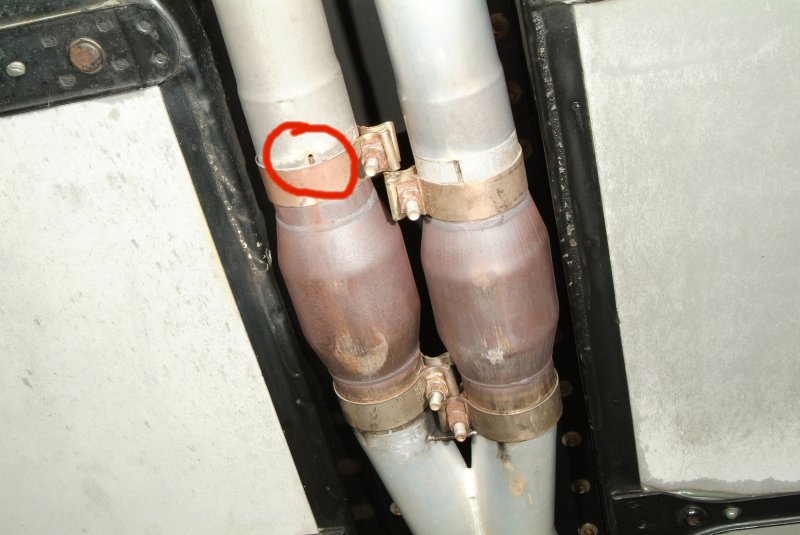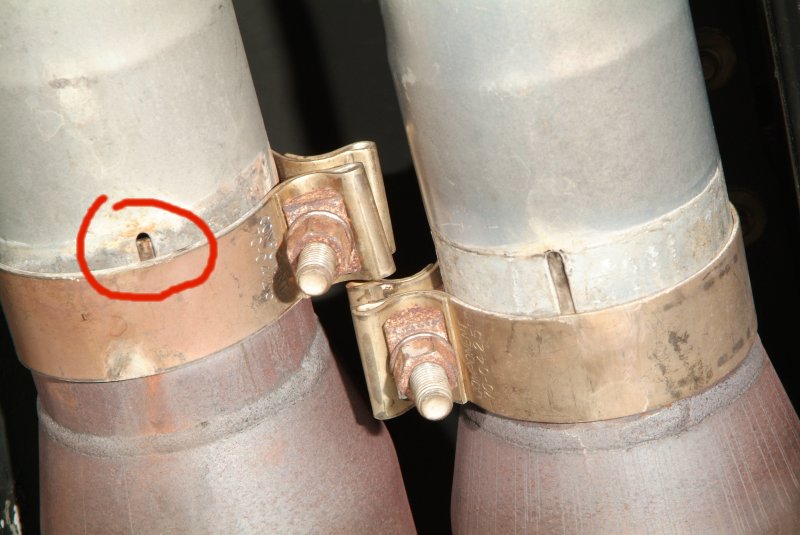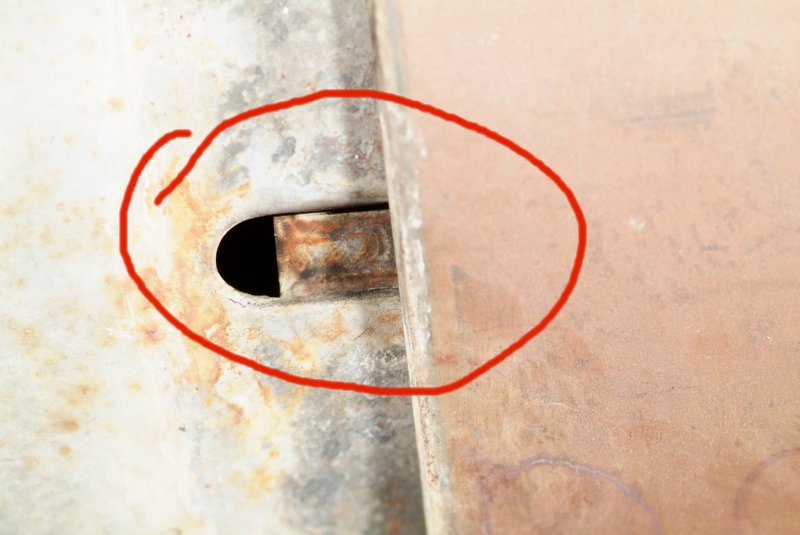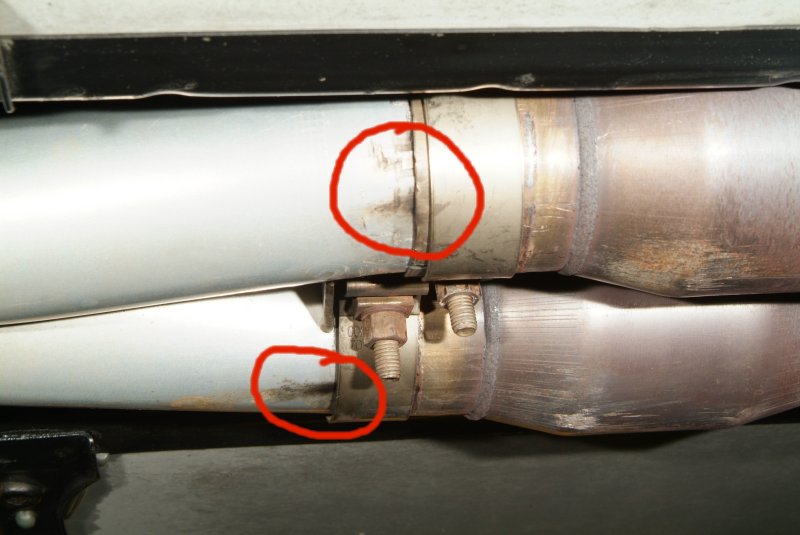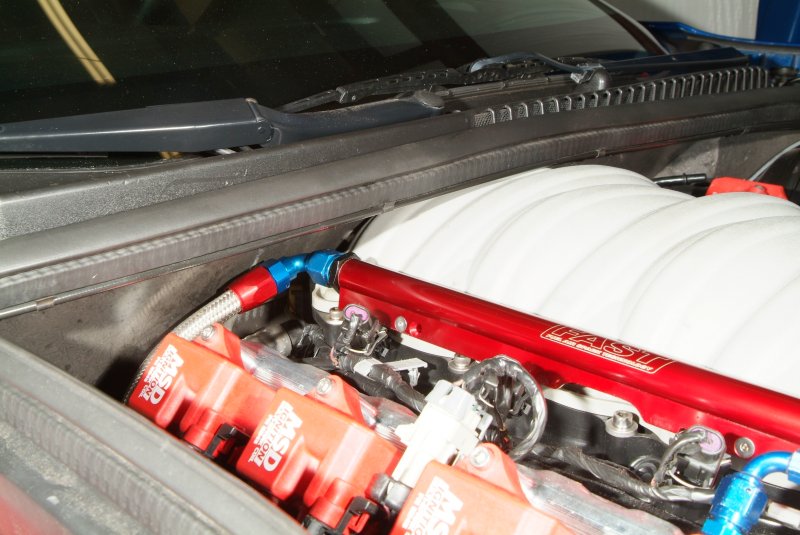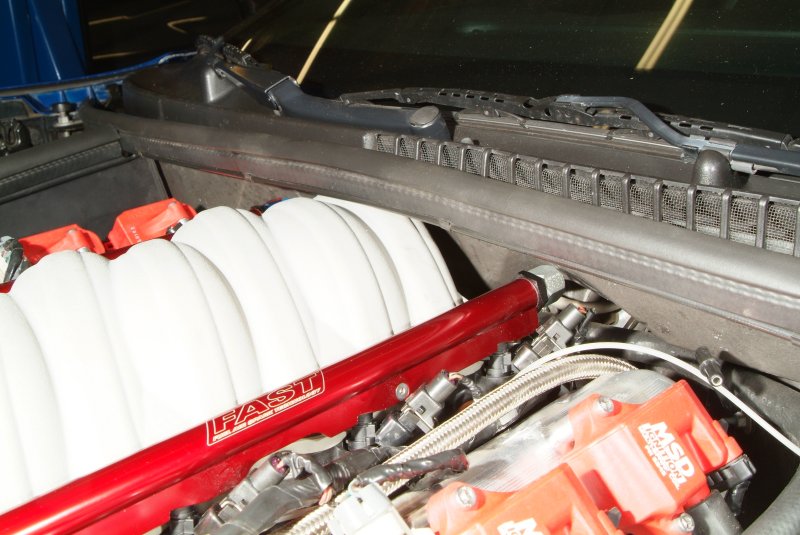miami993c297
New member
Been contacted by a guy named Ed Hutchings out of Virginia who is supposed to pretty much the top guy with this stuff. He wants me to go directly to a 2 BAR MAP tune to just bypass the O2s completely.
Going to cost me for another 2 credits from HPTuners, plus the cost of the 2 BAR MAP. And of course Ed wants to be paid for his efforts.
Hello Rich,
Did you ever check with Masport I mentionned to you on 07-10-2011...he is in Florida...
Dan Maslic is the tuner behind my powerful NA daily driver...and I haven't been ever more satisfied of a tune and the behavior of the engine!
His knowledge is not questionable as he is the author of the "MASTER EFI TUNER-GM EFI Learn How to Tune GM EFI" book published by Embex Group.
Dan Mastic is as well the one tuning the Mosler's, all of them, from the engine dyno at totalengineconcepts with Mike in Riviera Beach to the finished rolling projects on his Mustang dyno in his Boca Raton workshop...
Christian

